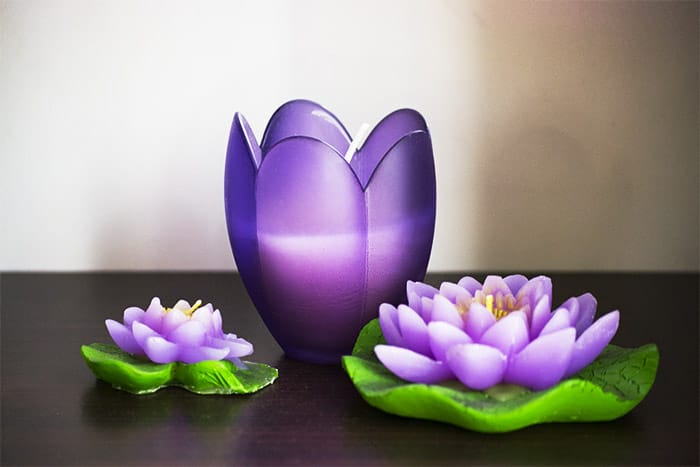
Initiation and the Lessons of Meditation
by Acarya Gunamuktananda Avadhuta
A spiritual seeker begins the path of self-realization by receiving initiation into the process of meditation. It is an important event in the life of a sadhaka (spiritual practitioner). One learns his or her personal technique of meditation, and the latent spiritual potential within is awakened.
It is said that when the disciple is ready, the guru appears. Meditation used to be taught directly by the guru, but today for practical reasons it is taught by trained teachers called acaryas.
Acarya means one who teaches by example.” Although the Guru is not physically present, it is His spiritual power embodied in the mantra (and behind the whole process of initiation in general) that brings spiritual awakening.
“The one formless, beginningless and infiniteParama Brahma (Supreme Consciousness)is the only entity to be attained by living beings.”
Shrii Shrii Anandamurti
The Ananda Marga system of meditation comprises six lessons:
- First Lesson
The First Lesson is the practical application of Iishvara Pranidhana (introduced in Yama and Niyama). Here the flow of mind is directed towards the Goal by the application of a personal mantra repeated at a specific cakra (psychic energy centre). These are known as the Ishta Mantra and Ishta Cakra respectively, and are given according to one’s individual psychic vibration.
The mind is usually attached to the different objects of the world. For optimum concentration it must be withdrawn from these objects before it can be directed internally. For this purpose the shuddhis (phases of withdrawal) are also taught. There are three shuddhis: first, withdrawal from the external physical (physical world); then from the internal physical (physical body); and finally from one’s internal thoughts.
- Second Lesson
This is the practical application of Brahmacarya (the fourth point of Yama). It involves the use of a personal mantra (called Guru Mantra) to inculcate the feeling of cosmic ideation whenever any action is performed. This extends the meditation process to cover all the events of one’s daily life.
- Third Lesson
Third Lesson is a technique of concentration which strengthens the mind and prepares it for the other lessons. In Sanskrit, concentration is called dharana, which means “to uphold the mind at a particular point.”
Third Lesson is a particular type of dharana called Tattva Dharana: to concentrate on specific cakras and the physical factors of the body that they control. This gives control of the cakras, the factors, and of the propensities of mind (vrttis) associated with each cakra. It develops overall control of mind, which is essential for meditation. Furthermore, the cakras are like knots that bind the flow of energy up the spine. By concentrating the mind at particular cakras, these knots are loosened, thus affording the energy channels easier access up the spine.
- Fourth Lesson
Fourth Lesson is a breathing technique called Sadharana Pranayama, used in order to control the respiration and hence the mind. There is a direct relationship between the breath and the mind. Mental flow depends on the flow of breath. If the respiration is fast, concentration will be next to impossible. On the other hand, concentration is easy if the respiration is calm and slow. Fourth Lesson helps to achieve this control of respiration, but it should only be practiced after learning it from an acarya.
- Fifth Lesson
Fifth Lesson is called Cakra Shodhana, literally meaning “purification of the cakras.” It is also a type of dharana because it too involves concentration of mind at the cakras. By purifying the cakras – and all the nerves, glands and energy channels connected to them – the cells of the body are infused with cosmic ideation, and the other lessons are made easier.
- Sixth Lesson
This is the highest lesson. It uses the subtlest of ideations to direct the mind towards the Supreme. It is called Guru Dhyana.
Dhyana means meditation in the real sense of the term. Concentration is merely the initial stage – jumping-off point – of meditation. While dharana is the stabilization of mind at a point, dhyana is a flow of mind; an uninterrupted flow towards the one object of ideation, just as oil flows continuously in one unbroken flow.
So dhyana literally means “to direct the mind in an unbroken flow towards the Supreme Goal.” This constant ideational flow leads the mind from form to formless; to the complete transcendence of itself into pure, limitless Supreme Consciousness.
